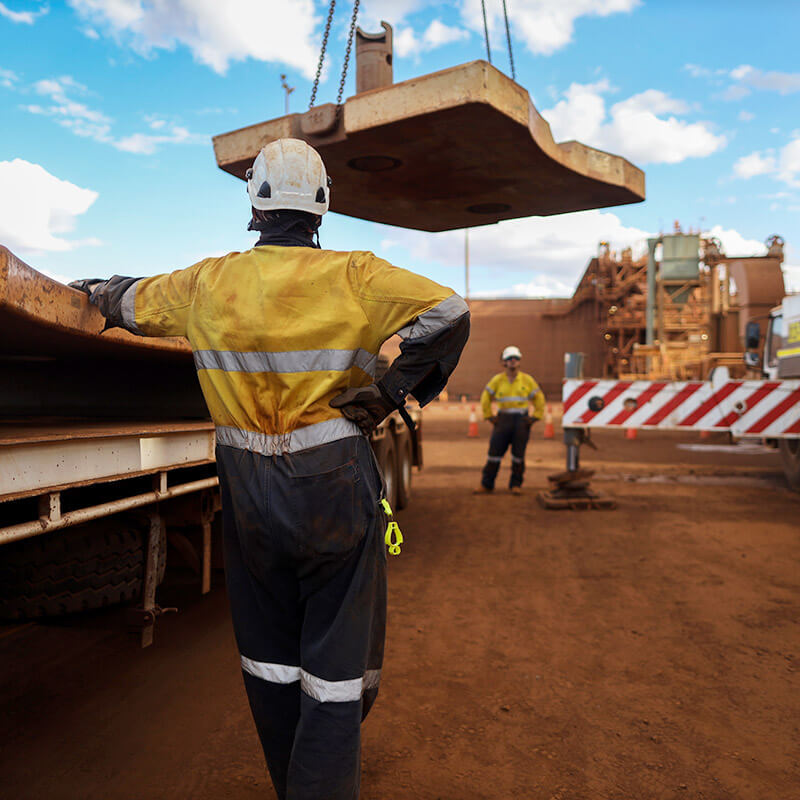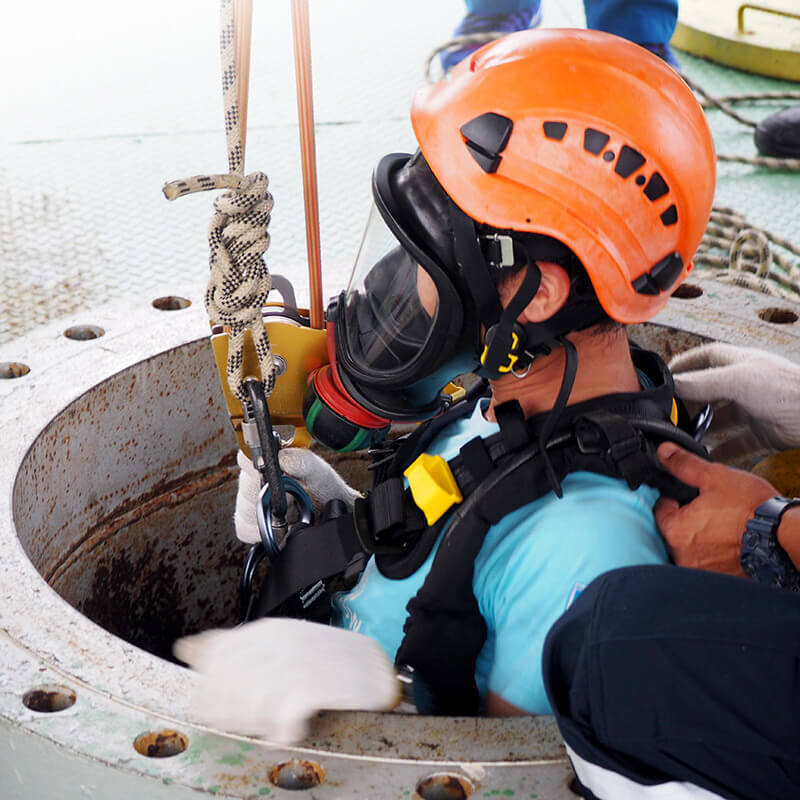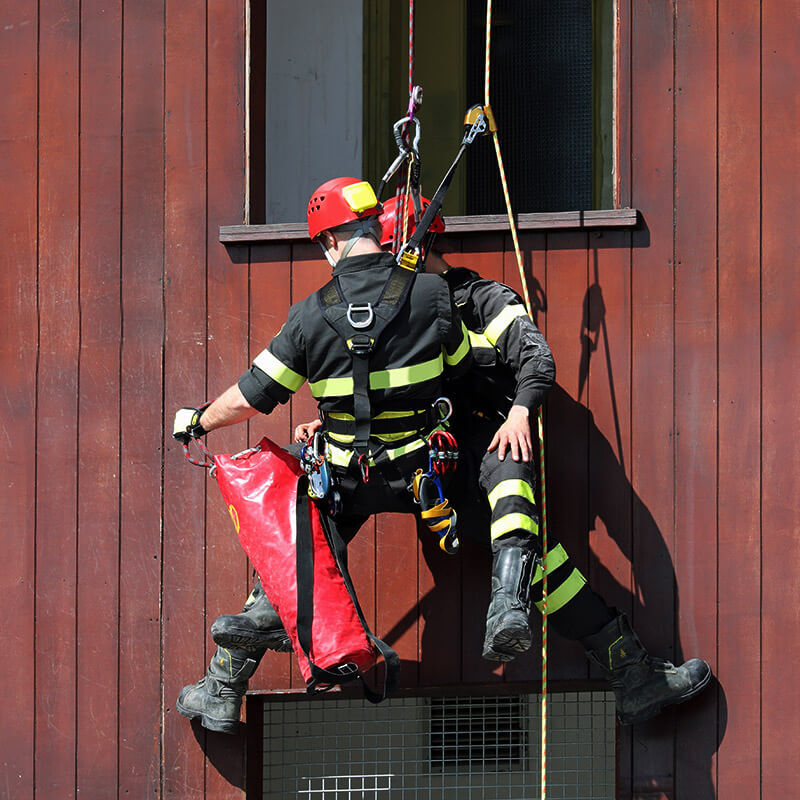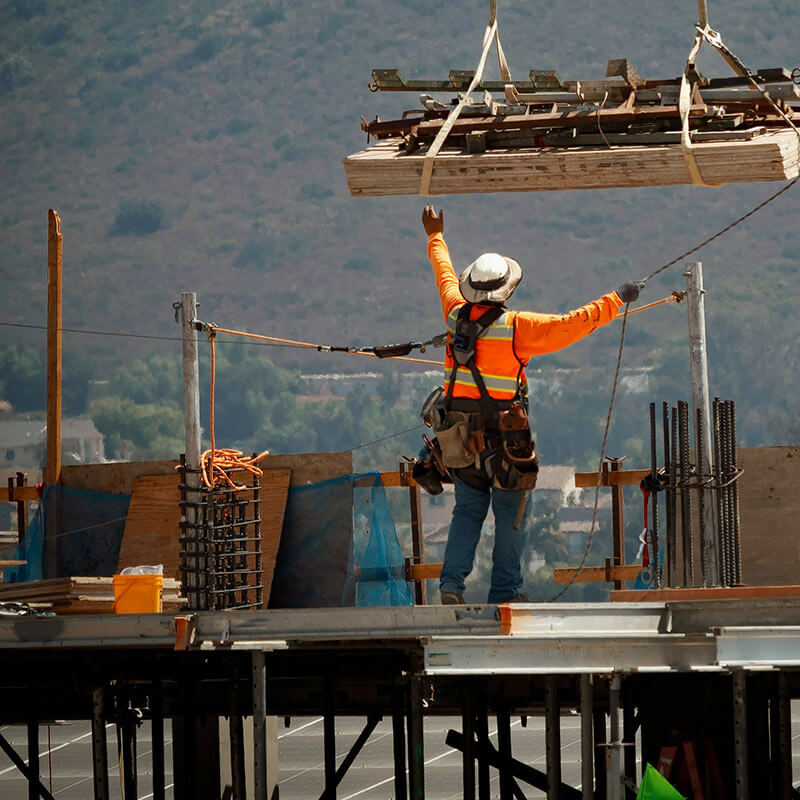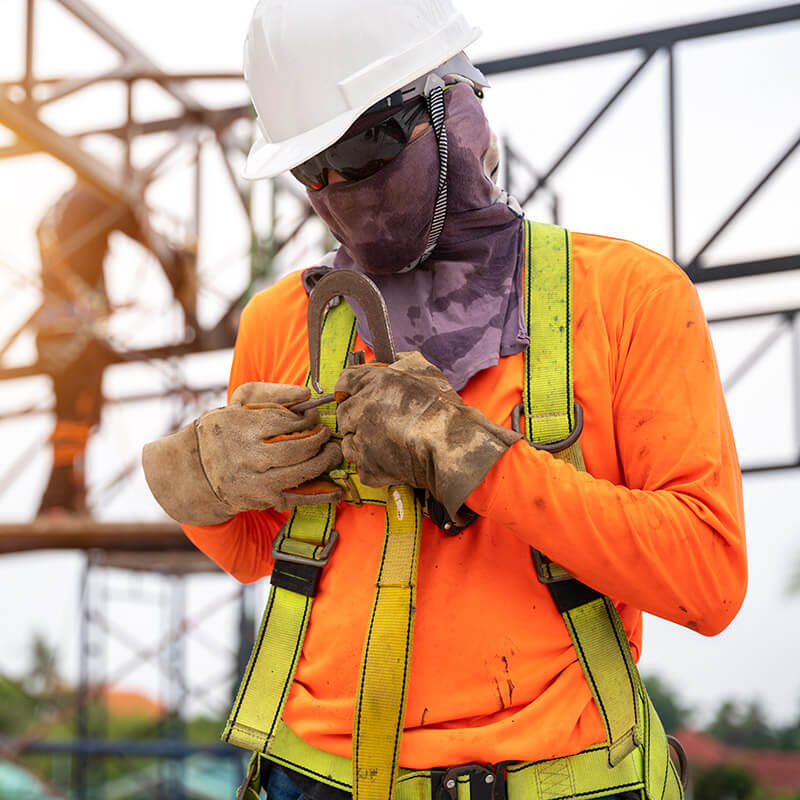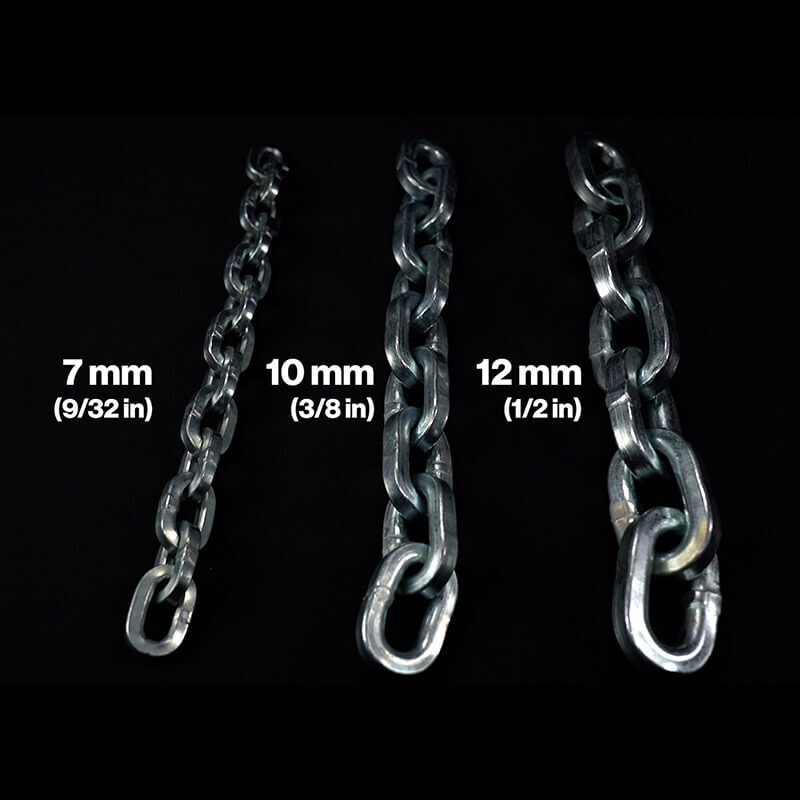What equipment is used in material handling rigging?
Material handling rigging is key in big construction and industrial jobs. It uses many tools to move and lift heavy stuff. This includes chains, hoists, ropes, and more. It's important all these tools follow safety rules, like no knots in wire ropes.
Rigging tools have different features, such as rope thickness and strength. Hooks come in various sizes for different loads. Slings offer lots of ways to use them, making lifting easier. Pulleys make things lighter by pulling the load up. They are key in moving heavy items. Eye bolts are also vital, acting as tie points for various tools, matching specific project needs.
Between 2011 and 2017, more than half of all crane deaths in the U.S. were from falling objects in rigging work. This is why following safety rules like OSHA 1926.753 and OSHA 1926.251 is vital. These rules not only keep people safe but also help the work go smoothly in construction and industry.
Introduction to Material Handling Rigging
Material handling rigging means setting up gear to safely lift and move heavy things at work sites. Safety is key, and OSHA's rules help keep workers safe. Rigging gear includes many parts and following safety rules is a must.
Rigging needs the right equipment for lifting items like machines or building parts safely. Knowing about this gear makes work smoother and safer. It also keeps in line with safety rules.
Safety is top priority in rigging. For example, Wire Rope Slings must be thrown out if too worn. Metal Mesh Slings need replacing if wires wear too much. Chain Slings are no different; if worn 15%, they're out.
Using a crane safely means understanding horn signals. Rigging workers must avoid common accidents by being smart and knowing dangers. Employers should have trained people operate hoisting machines.
Personal protection is critical in rigging work. Riggers need to wear special gear. It's very important to check the gear often. If something's wrong, fix or replace it to stay safe.
Types of Rigging Equipment
Rigging equipment has many shapes and sizes, each for different uses. For example, rigging hooks and shackles link lifting gear together. They make sure loads move safely and steadily. At Bishop Lifting we are known for the best selection, ready to ship inventory for all your rigging equipment needs.
Wire ropes are key to rigging, holding up loads. They come in various widths and materials. For safety, these ropes are used without any knots, as OSHA orders.
Slings help carry heavy stuff with ease. They are made from strong materials like polyester and nylon. Remember, if too hot, synthetic web slings can get hurt.
Industrial pulleys and blocks make lifting easier. They also help move the load smoothly. This cuts down on hard work and makes things go faster.
Other special tools like turnbuckles adjust cable and chain tightness. This makes lifting very precise. Spreader bars and lifting beams spread out a load's weight. This is key for lifting big, odd-shaped objects safely.
OSHA says check your rigging gear often for safety. Follow ASME and OSHA rules to keep things working well. Regular maintenance is a must after the first year. This keeps gear safe and in good shape.
Using the right rigging gear properly is vital for safe lifts. Keep your equipment safe and maintained. This ensures all lifting jobs go smoothly and safely.
What Equipment Is Used in Material Handling Rigging?
Rigging needs lots of special tools for work to be safe and efficient. It uses essential tools like chains, hoists, and cranes for lifting. These tools help move heavy loads to different places without using a lot of force, making everything more stable.
The main tools used are cranes, helping lift heavy things safely. Besides, choosing the right sling and hitch is important for moving materials safely. Making sure every tool does not lift more than it can handle keeps everyone safe. It's also important to pick tools that can handle the weather where they will be used, keeping them strong over time.
Tools like grabs and hooks are made in a way that shows how much weight they can lift safely. They must be tested before anyone uses them, to make sure they're safe. Checking these tools often for any damage, as well as avoiding sun and heat, keeps them working well. This way, work can be done without risks to people or equipment.
| Equipment | Function | Usage Notes |
|---|---|---|
| Chains | Lifting heavy loads | Must be inspected regularly for wear and tear |
| Hoists | Raising and lowering loads | Essential for controlled lifting operations |
| Cranes | Transporting heavy materials | Central to many material handling tasks |
| Come-Alongs | Adjusting load positions | Useful for precise movements and adjustments |
| Pulleys | Changing load direction | Reduces the force needed for lifting |
Crane Accessories for Rigging
Accessories for cranes are vital for safe and efficient rigging work. They're designed to help carry loads securely and accurately. Products like cargo nets, chain hoists, and lifting bags meet many different lifting needs. They always follow safety standards like ASME B30.20 and OSHA to keep everything safe.
Cargo nets are great for moving loads safely. Chain hoists help with manual lifting. Crosby® offers many chain hoist options and other rigging gear. They meet the needs of various industries well.
Lifting bags fill with air and float. They are key for lifting things underwater and for salvaging. Good anchor points help make everything safer, especially in tough conditions.
Accessories like adjustable spreader bars help lift heavy loads evenly. They need to work within set weight limits to avoid accidents. Choosing the right gear and using it correctly is crucial for safety.
The crane market is growing, showing a bigger need for accessories. With a 4.5% yearly growth rate, more lifting and rigging gear will be used. This trend will keep up over time, pushing innovation in rigging.
Safety Considerations in Rigging Operations
Keeping rigging operations safe is crucial for everyone involved. It's important to follow OSHA's rules, like OSHA 1926.753 for lifting and OSHA 1926.251 for the tools. These rules help keep workplaces safe.
Falling equipment has caused half of the deadly crane accidents in recent years. So, planning every part of a rigging job is key. Make sure everything meets OSHA standards through regular checks and fixing any problems found.
Wire ropes in rigging must be smooth without any knots. Ropes' ends can have a special finish but only with three tucks. And, every piece of gear must clearly show its safe working load.
Always stick to the weight limits and check the rigging charts. Keep a close eye on the gear to spot problems early. Using SafetyCulture (formerly iAuditor) can make these checks faster and more accurate.
Training workers well in rigging safety is crucial. Teach them to stay clear during lifts, move loads slowly, and use the right signals. Following weight limits and making sure loads are even stops crane accidents.
Lastly, keep the rigging equipment in a clean, dry place. Don't let synthetic slings get hotter than 180°F. This care will make the gear last longer and keep it safe to use.
Wrapping Up
Material handling rigging is vital for the safety and efficiency of moving heavy loads in industries and on construction sites. It uses various gear like wire rope slings, synthetic slings, and chain slings. Each type is picked based on how heavy the load is or the load's type.
It's critical to manage loads carefully. Hoists and winches help with this, making sure you move the load where you want it. They help by gripping the load securely.
Other tools like shackles and hooks add to the safety. They have latches to stop the load from slipping. Beams and bars help too, spreading the weight out so the lift is stable.
Checking equipment regularly and keeping loads under control are key safety steps. These actions help avoid any accidents. Following OSHA rules and training workers well are also very important in this area.
By using the right gear and following safety steps, accidents are less likely. This keeps work moving smoothly. Cranes and forklifts are just some of the big tools used in this work. Safety keeps everyone around the work site safe and work going well.
If you need any rigging equipment and supplies for Material handling rigging shop online at Bishop Lifting and we will get it shipped to your directly as quickly as possible.
What Is the 10-Foot Rule for Rigging?
Dec 15th 2025
What Are the Different Types of Climbing Ropes?
Dec 11th 2025
What Type of Rope Is Best for Climbing?
Dec 9th 2025
What Are the Two Types of Kernmantle Rope?
Nov 25th 2025
What Is a Kernmantle Rope Used For?
Nov 21st 2025
What Is a Fall Protection Harness?
Nov 14th 2025
What are the four components of a PFAS?
Nov 7th 2025
Is Palmer Safety OSHA Compliant?
Nov 3rd 2025
What’s the Hardest Chain to Cut?
Oct 20th 2025



